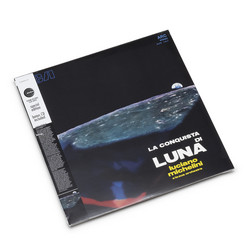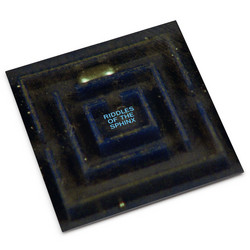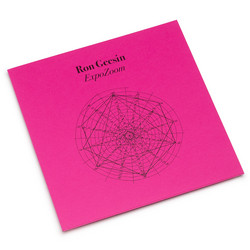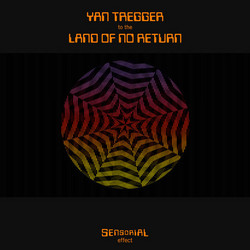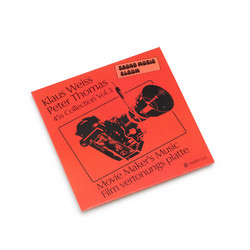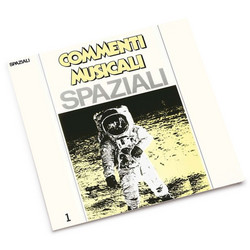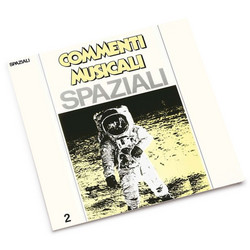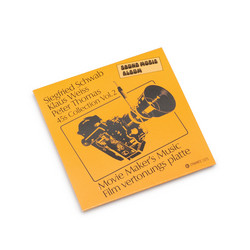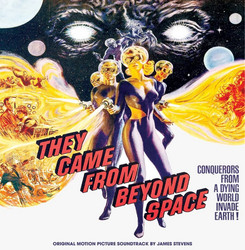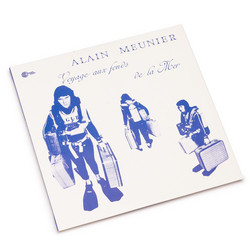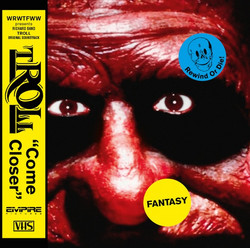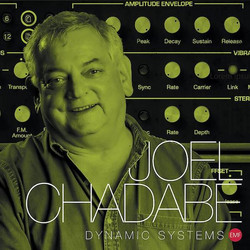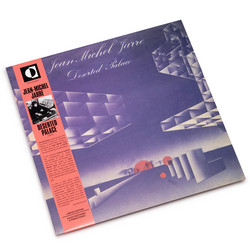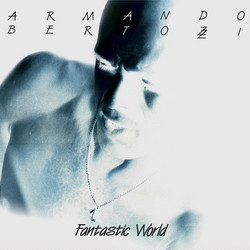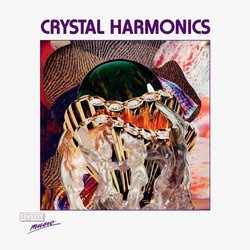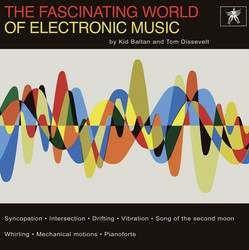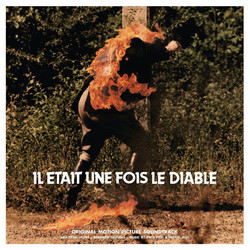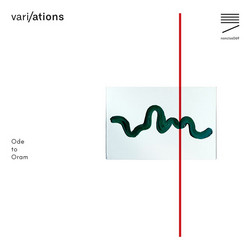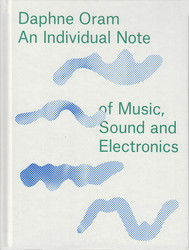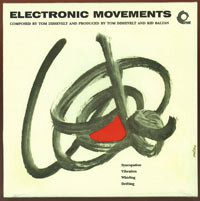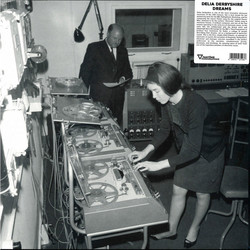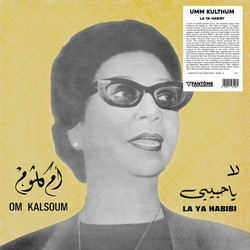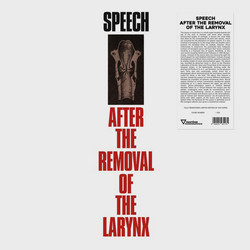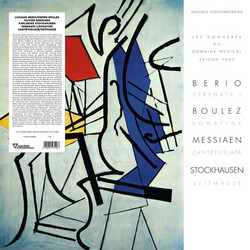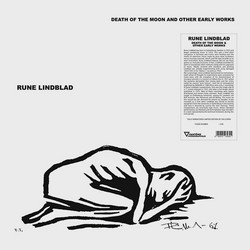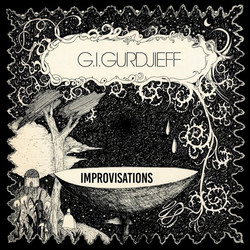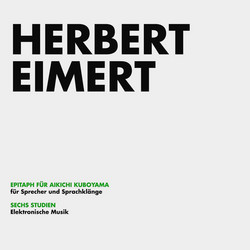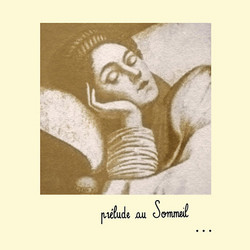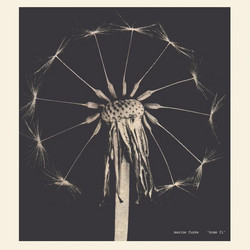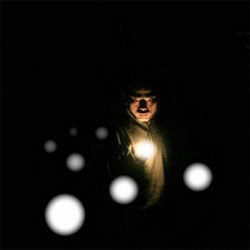1
2
3
4
5
Daphne Oram, Vera Gray
Listen Move & Dance (LP)
**Edition of 500. 180 gram vinyl** Fantôme Phonographique present a reissue of Daphne Oram and Vera Gray's Listen Move & Dance,
originally released in 1962. The British composer, musician, and audio
engineer Daphne Oram was a pioneering figure in the use of electronic
music. Coming to prominence through her work with the BBC Radiophonic
Workshop, which she co-founded, Oram was one of the first British
composers to feature electronic instruments in her work and has been
rightly hailed as helping musique concrete to become accepted in
Britain. Oram's composition "Still Point", involving two orchestras, two
turntables and five microphones, was deemed too radical by the BBC,
though she was promoted to studio manager in 1950, leading to the
gradual introduction of electronic music and musique concrete techniques
on BBC soundtracks. In 1957, she composed the music for the play
Amphitryon 38, using a sine wave oscillator and homemade filters, and
this and other subsequent works led to the establishment of the BBC
Radiophonic Workshop the following year, but Oram soon tired of the
conservative constraints of the BBC, leading to her resignation in 1959
to pursue her own vision at the Oramics Studios for Electronic
Composition, located in Tower Folly, a former hop kiln located at
Fairseat, near the village of Wrotham in rural Kent. "Oramics" was a
radical sound composition technique that sought to transform images to
music, enacted by drawing onto 35mm film, which would then be read by
photo-electric cells; in addition to its use in Radiophonic Workshop
material, "Oramics" was also employed for sound installations, theater
productions, and feature films, such as The Innocents, though
financial pressures forced Oram to seek a range of commercial
engagements in addition to creating her own artistic works. The Listen Move & Dance
series of BBC programs were devised as a radical new technique to help
British schoolchildren learn how to dance; on the LP releases, Vera Gray
arranged short adaptations of classical pieces by Bartok, Stravinsky, Shostakovich,
and others, designed for "stamping, punching, kicking and jumping"
movements, as well as "running lightly", "dancing on toes" and "shaking
all about", which contrasted sharply with Oram's electronic
abstractions, which seemed to have been beamed in from outer space.
Details
